The content of the article
Homemade cottage cheese made from natural cow's milk will cost almost half the price of a store. It lacks chemical additives and antibiotics, with the help of which they increase the shelf life of raw materials. To get a useful and safe product of our own production, you have to go through three stages: the conversion of milk into yogurt, heat treatment and separation of the mass from whey.
Raw material selection
What basis to use for cottage cheese? There is an opinion that pasteurized store milk is “dead” and is not suitable for such purposes. It is better to go to the market or visit familiar farmers, where you can get hold of a natural cow product.
Packaged milk is suitable for making cottage cheese, if there is no other raw material, but when choosing it, some nuances should be taken into account:
- Do not buy options with a long shelf life. They necessarily contain antibiotics that do not allow raw materials to sour.
- Choose a product with a fat content of 3.6% or more.
- Remember that from 1 liter of packaged raw materials, about 200 g of cottage cheese is obtained.
Pasteurized milk is more expensive than home milk, which is sold on the market. Manufacturers subject the product to heat treatment, so when re-heated, it will lose 60 - 70% of useful substances.
Packaged raw materials also have several advantages:
- Curd from store milk has a soft and delicate texture. It is not as granular as a variant made from whole cow raw material.
- It is enough to knead the product with a fork to turn it into an airy homogeneous mass, which is ideal for baking. It is not necessary to grind the sour-milk component with a blender or through a sieve.
- Pasteurized milk curd is suitable for people who are afraid to eat extra calories. The product is dietary, with minimal fat content and a delicate creamy taste.
Fans of traditional recipes are recommended to cook cottage cheese from whole cow or goat milk. What are the advantages of this method?
- Natural raw materials contain a lot of calcium and other minerals that are useful to both adults and children.
- The cottage cheese is fatty, with a characteristic sour taste.
- A liter of whole milk is 250-300 g of fermented milk product plus cream, which can be removed from raw materials on the first or second day of settling.
The serum remaining after straining the curd is used to prepare okroshka and added to the dough for dumplings or pies.
Milk preparation
If there is no confidence in the quality of the cow's product, it is recommended to boil it. High temperatures kill Escherichia coli and pathogenic bacteria. You can heat the cottage cheese from sour milk, or rather, from yogurt, so the raw materials must be brought to the correct consistency.
Tableware
Pour the whole or pasteurized product into a glass jar or clay jug. Iron pots and other containers are not suitable for milk settling. Fermentation triggers oxidative processes, and the raw material gets an unpleasant aftertaste.
Banks do not clog, but only cover with a towel or cloth. The cover, unlike the fabric, does not allow air to pass through, which accelerates the ripening of the product. The rag also protects the raw materials from ultraviolet radiation. Milk standing in the sun, not only quickly turns sour, but can also turn green and deteriorate, especially if it is a pasteurized variety.
How to speed up fermentation
To get yogurt in 1-2 days, a piece of rye or black cracker is added to the raw materials.Fresh bread is also suitable, because the main thing is the yeast contained in the supplement. Mushrooms activate fermentation, and the milk turns sour in 12-24 hours, depending on the freshness of the product itself.
In boiled raw materials, cooled to 40–38 degrees, it is recommended to add 1-2 tablespoons of sour cream or 150–250 ml of kefir. The products contain milk bacteria, which are responsible for fermentation. It is better to use homemade sour cream or kefir, rather than purchased.
The third option is citric acid or table vinegar. A spoonful of the additive is diluted in 3-4 liters of warm milk. Stir thoroughly and leave for 1-2 hours. Raw materials turn into yogurt almost instantly. Whey obtained from milk with vinegar should not be drunk or used to prepare okroshka. The product increases the acidity of the stomach, irritates the walls and can burn the mucous membrane. An alternative to vinegar is freshly squeezed lemon juice.
Pasteurized milk is mixed with dry bacteria or liquid starter cultures, which are sold in pharmacies and large supermarkets. The additive is activated only in heat, so the raw materials are preheated. Bacteria turn milk into yogurt in just 6-8 hours.
Right place
Tanks with the workpiece should be warm:
- next to the battery;
- near the stove;
- you can lean the jar against a hot pot or teapot;
- put next to the back of the refrigerator.
Milk quickly turns sour in the bathroom, because it is always warm there. The main thing is that sunlight should not fall on the container with the product, because of which vitamin C evaporates and the taste of future cottage cheese worsens.
Important: In the refrigerator, fermentation processes are inhibited, and milk does not turn into yogurt, but simply becomes unusable.
A pasteurized or whole product must not be stirred, pounded, whipped or shaken. You need to wait until the milk is divided into yellowish-green serum and large white breasts. If small flakes are floating in the tank, then the process is not finished yet. On average, from 1 to 3 days is enough for the raw material to reach the correct consistency, and it can be heated.
Heat treatment
Pour the curdled milk gently into a large pan: for 3 liters of product, take dishes with a volume of 5 liters or more. The curd rises slightly during cooking and can run away if the container is too small.
Put the pan on an electric or gas stove, turn on the minimum temperature. Yogurt should be heated, but not brought to a boil. It is recommended to regularly check the temperature of the liquid with your fingers: dip the index or medium in the raw material and wait 2-3 seconds. If too hot, turn down the power or turn off the stove.
Stir the future cottage cheese with a wooden or iron spoon, but not too often. When large lumps float to the surface, set the pan aside and allow it to cool slightly. It remains to strain the cottage cheese and squeeze out the excess serum.
There is also a steam version of the heat treatment. Heat the water in a large pan, and put a smaller container in it, into which yogurt is poured. Warm up for 15–20 minutes until small flakes curl into a large breast, reminiscent of jelly in consistency.
Microwave Option
The method will appeal to girls who want to spend a minimum of time preparing a healthy product.
- Transfer yogurt into a liter jar or a baking dish in microwave with high sides.
- Set the power between 360 - 400 W.
- Timer for 10 minutes, do not cover the bank with anything.
- Ready cottage cheese will float to the surface, and the serum will become a transparent greenish. If it has a milky tint, you need to turn on the microwave for another 2-3 minutes.
It remains to strain the curd when it cools down. It is not necessary to squeeze out the mass, it will turn out to be rather dry.
Tip: If you put the microwave at maximum power, the process will not accelerate. The mass dries up and burns at the edges from high temperatures.
Oven recipe
A convenient and easy way to heat the cottage cheese is to put it in the oven. To get a lean fermented milk product, only yogurt is used. If you need fat cottage cheese, sour milk is mixed with sour cream: about 1 liter of the second ingredient per 3 liters of the first.
Pour the products into an enameled pan, cover. Preheat the oven to 145-150 degrees, simmer the sour milk for 45 minutes. Turn off, leave inside until cool. Separate from serum, let it brew and can be consumed.
Slow cooker curd
- Pour sour milk into the bowl.
- Select the “Preheat” mode.
- Set the timer for half an hour, if you need dry crumbly curd, then for 45 minutes.
- Throw the mass into a colander. After cooling, you can use it.
In a 5-liter bowl, pour no more than 2-3 liters of sour milk. If there is too much yogurt, during cooking it will run away and fill the slow cooker.
We filter correctly
You will need a clean pan or a large bowl, a dense piece of cloth or gauze, which is folded in at least 4 layers. Attach a colander to the container, put a rag inside, so that its edges hang from the bowl by 4-5 cm.
Pour the cottage cheese gradually, pushing large pieces with a spatula. When the whole mass is in a colander, it needs to be slightly tamped and knocked down into one lump. Tie up gauze like a bag and hang it on a hook or rope. Substitute a bowl or pan under the curd, into which the remaining liquid will drain.
Gauze can not be suspended, but put on top of the press:
- one and a half liter water bottle;
- grindstone;
- two kilogram dumbbell.
Cover the cottage cheese on top with a foil or plate. If you like a soft “wet” product, 20–40 minutes is enough. To get dry crumbly cottage cheese, you need to hold the press for 2-3 hours. Store the finished mass in the refrigerator. It is advisable to consume in 3-4 days, because the home product quickly deteriorates.
High calcium curd
The method works with any milk: whole, sterilized, pasteurized, or even with lactose-free options. The raw materials do not need to be defended, just heat up to 40 degrees and pour in a powder of 10 percent calcium chloride.
For 500 ml of base, take 1 tbsp. l pharmacy drug. Stir the milk until calcium is completely dissolved, wait until it boils. The mass will coagulate, and lumps will surface. Cool the workpiece and strain.
Important: You can eat no more than 100 g of cottage cheese cooked with calcium chloride per day, otherwise the mineral metabolism in the body is disturbed.
Option without heat treatment
Pour yogurt into a plastic container or glass bowl and shove it in the freezer. Wait until the mass freezes and turns into a solid white breast. Remove yogurt and put in a colander covered with gauze. When the mass has melted, hang it over the bowl and wait until all the whey has drained. Delicate and airy cottage cheese, reminiscent of mascarpone, ready to eat.
Curd for the smallest
Pour 3 liters of milk into the pan, bring to a boil
- Add 1.5 L Kefir
- Switch the stove to low heat
- Hold for 10 minutes, stirring gently
- When the mass coagulates, cool and recline on cheesecloth
- Mix the curd with bananas, apples or other fruits. Bring in a blender to uniformity
- A delicious and healthy dessert for kids and adults is ready.
Homemade cottage cheese is one of the most wholesome foods that you can eat at least every day. It will strengthen teeth, bones, immunity and improve mood. And the preparation of cottage cheese from whole or pasteurized milk will take only 40-50 minutes, not counting the time spent on the purchase and upholding of raw materials.
Video: how to cook cottage cheese at home

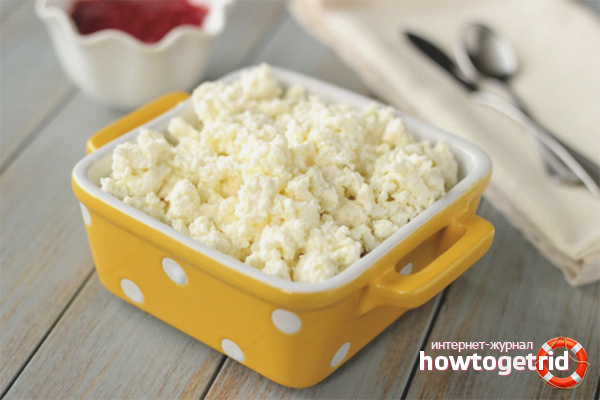

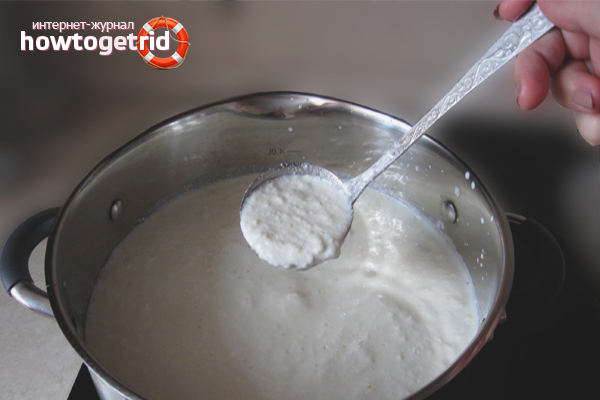


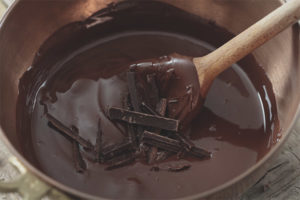
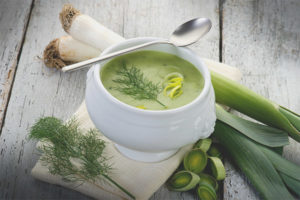

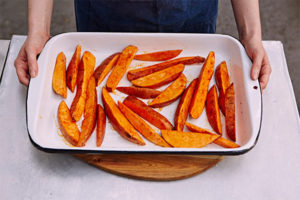
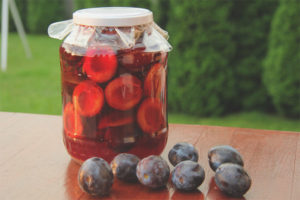
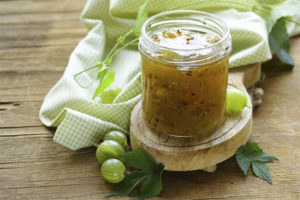
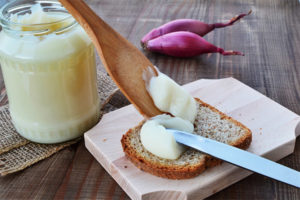
Submit